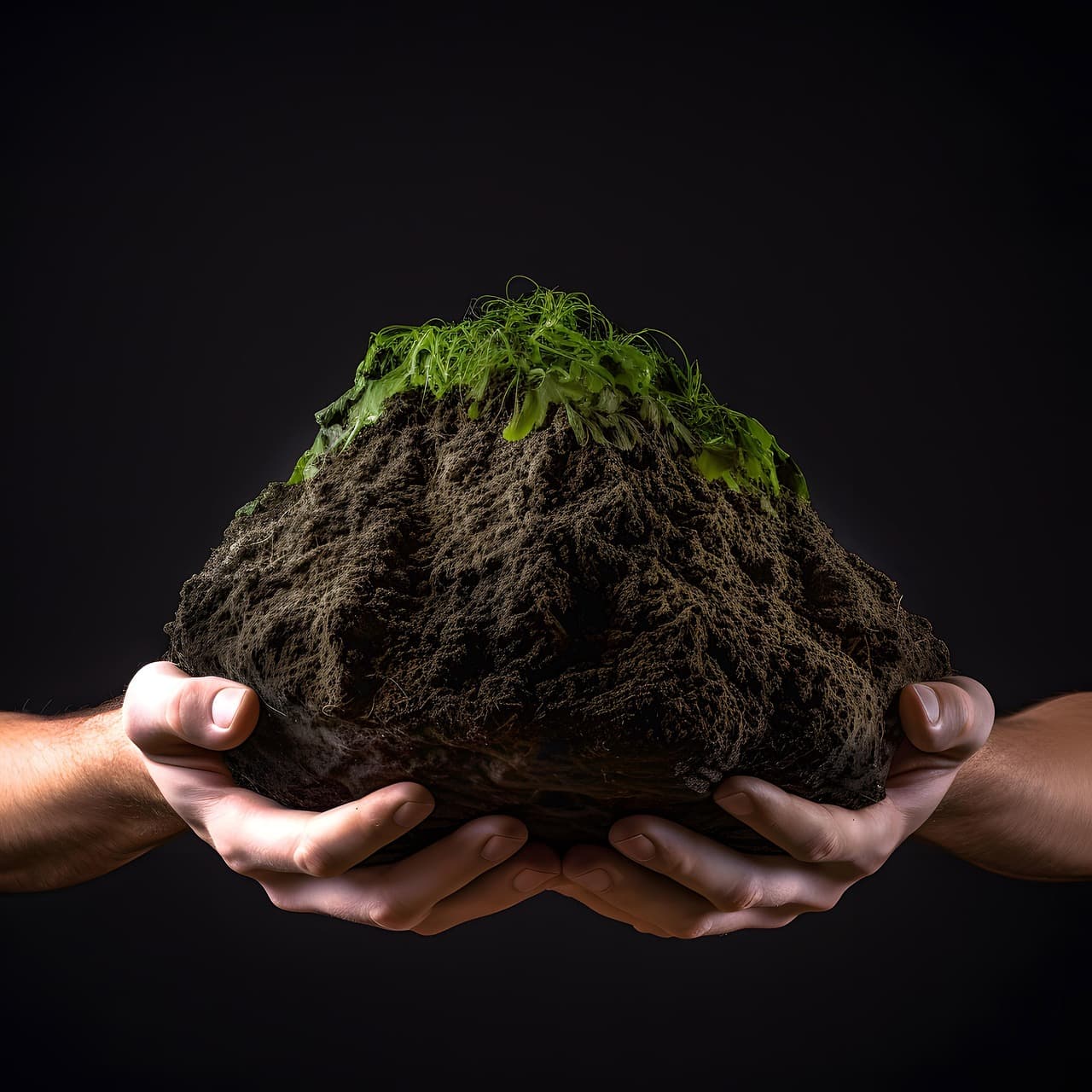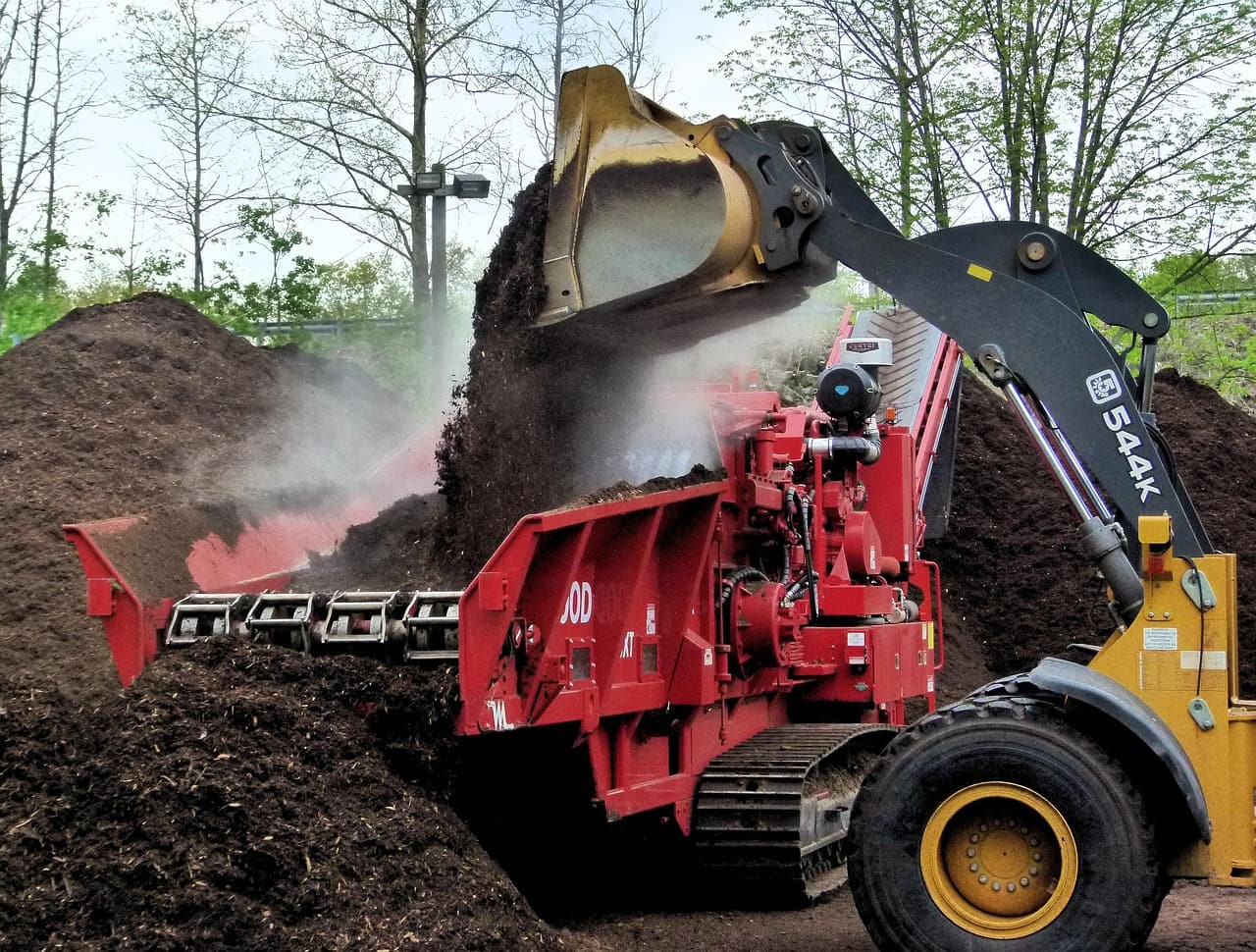A healthy, fertile soil is vital for good yields
A compost feed maintains soil fertility. Eurofins Agro's compost analyses provide insight into the quality of the compost.

Compost important substance in soil
Compost contributes to the organic matter content and stimulates soil life. It is a welcome soil improver, especially since fertilisation standards have become increasingly tight.
Eurofins Agro analyses for supra-legal stipulations for certification schemes, based on the wishes of market parties.
Organic matter
Organic matter consists mainly of plant residues and partly of animal residues/excretion of, for example, soil life. The amount of organic matter in the soil affects, among other things, the workability, structure and moisture retention capacity of the soil. Organic matter also retains plant nutrients and can make these available to the crop during the growing season. An important factor here is nitrogen; in soils with a high organic matter content, a lot of nitrogen can also become available through mineralisation. Generally speaking, the lower the organic matter level, the lower the nitrogen release. The organic matter content is thus important for a whole range of soil properties. It is therefore important to monitor the development of the organic matter content in the soil. The decomposition of organic matter in the soil depends on many things:
Type of soil (on dune sand, the percentage degradation is six times higher than on acidic peaty soil)
Moisture balance of the soil (if drainage is poor, less decomposition occurs)
High manure application in the past (young organic matter breaks down quickly).
In terms of advice, organic matter plays a role in liming and calculating the K number.
